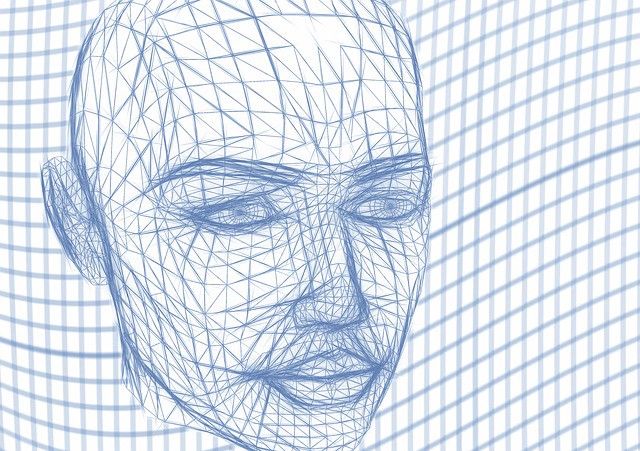In 2018, I came across two resources that help me understand better about the current state of Artificial Intelligence and what do we need to move into and build a “higher” level intelligence or commonly known as Artificial General Intelligence (AGI for short). I hope to recommend these two resources to the AI community out there and also put down some thoughts that I have, hoping to get a good discussion going.
On Intelligence

So the first resource was recommended to me by my friend, its the book titled “On Intelligence” authored by Jeff Hawkins who is the founder of Numenta who is on the journey of reverse-engineering the neocortex, studying how the brains work and create a general computing model. They have come out with this general model called Hierarchical Temporal Memory, known as HTM for short. HTM is a theoretical framework that combines both neuroscience and machine intelligence, which I believed is the right direction in building AGI.
The current state of Artificial Intelligence has seen much success in building Artificial Narrow Intelligence, which means that the agent built can succeed very well in a specific domain like GO (AlphaGo from Google Deepmind), DOTA (Tesla), driverless car and even burger-flipping machine. These agents have the tools necessary to be very good at what they are built out to do but if you study them carefully, the landscape has been set out for them pretty specifically. The landscape requires human intelligence to do it, for instance, in reinforcement learning, human intelligence comes in to set up the utility/continuation function, defining the states, rewards, and actions that can be taken, etc. Or even in machine learning, which is made up of supervised learning currently, we have to state down the labels/outcome first before the machine can learn. (I’ll come back to this in the next resource).
So in the book, it talks about modeling the neocortex where human intelligence resides mostly, discussing human intelligence, how we learn and store information, and our brain constantly has a temporal/prediction element, scanning the environment constantly and if the environment has something that is not within predictions, the attention of the brain is called upon to investigate further, etc. It is a very insightful book to read if you are very interested in building AGI. If you are interested to find out more, I recommend the following YouTube playlist for quick understanding.
The Book of Why

If you are going to be a data scientist or AI scientist, this is a must-read book, “The Book of Why” by Judea Pearl. Judea Pearl championed the probabilistic approach to AI (the reason why you need to study your statistics). Through the “Book of Why” he is championing that we need to build “causality” into Artificial Intelligence if we are to move towards AGI. In the book, he mentioned about a calculus that we need to have to build structural models that can help machines understand causality, known as causal calculus.
In the book, he introduces the “Ladder of Causation” which is 3 rungs with the bottom rung as “Seeing”, “Doing” and “Imagining”. Currently, if we look carefully into machine learning, we are still at the stage of “Seeing”, the first rung. We need to start helping machines be able to do MORE of the second and more importantly, the third rung if we are to build AGI.
One question that has bugged me the most during my research of the field is how do we even determine the labels/outcome for the supervised model. Currently, the machine learning models can just take in anything as a dependent variable and tell you the relationship between it and independent variables. Human intelligence is still needed to determine what are the dependent and the independent variables. Human intelligence is still needed to see if data is available to be fed into the model (if we are to implement the machine learning model). The machine learning model is “dumb” in that sense as it will take in what we define as dependent and independent variables. If we are to build an AGI, then the AGI also has to be able to perform such tasks as well. And to determine that, we need to build in “causality” into the whole structure.
So far, I am into the third chapter of the book and I feel it is worth its price already to be able to read such work. And I decide to really take my time and digest the tons of knowledge inside.
Initial Thoughts
So far, I believed “causality” can be built into the HTM model via the temporal/predictions that our brain are constantly doing. This thought definitely needs more research and understanding to determine its possibilities. I strongly believed that by combining these two resources together, we can be on the route to build AGI.
If we are to continue the current route, I have no doubt that we can build fantastic Artificial Narrow Intelligence (ANI), agents that perform specific tasks very well, through tweaking the current deep learning models but I highly doubt this route can take us to down the path of Artificial General Intelligence. Moreover, the current route of using deep learning to build ANI is computationally expensive which if it happens in our brain, we probably have to consume a lot of food to support it.
These are my thoughts so far and I am open to having a discussion with readers. :)
If the blog post has been interesting and/or useful to you, do visit my other blog post and LinkedIn profile. Do consider signing up for my newsletter too. Thanks for your time! :)
